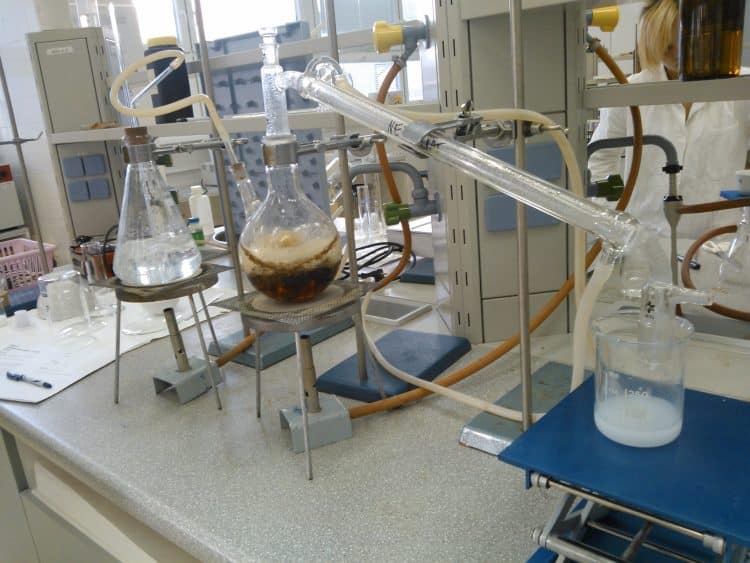Polyphenols and terpenes are some of the best-known plant bioactive compounds, coveted for their strong antioxidant activity. [1] Harnessing their versatile therapeutic potential relies on effective extraction methods that preserve their powers.
Traditional extraction methods come with limitations which is why scientists are constantly on the lookout for novel methods with improved efficacy. A study [1] published in Foods last year was born precisely from this search and compares maceration (M), Soxhlet (S), ultrasound assisted extraction (UAE), and rapid solid–liquid dynamic extraction (RSLDE) in the context of obtaining extracts from thyme, hemp, and coriander for food preservation.
Maceration was performed with ethanol for 30 days. Soxhlet was performed with ethanol at 100° C for 2 and 6 hours. UAE used water and applied ultrasonic frequencies of 40 kHz at 180 W. RSLDE was performed with a Naviglio Extractor® with ethanol for 2 and 6 hours.
Yields
The highest yields for thyme and hemp were achieved via Soxhlet extraction, for 2 and 6 hours, respectively, whereas their lowest yields were a result of M and UAE.
Conversely, the highest yield for coriander seed extracts came via UAE, followed by M, whereas the lowest resulted from RSLDE for 2 hours.
Soxhlet appeared to be optimal technique for extraction of plants’ aerial parts from a yield standpoint, although at high temperatures, this method co-extracts fibers (contributing to yield). UAE, on the other hand, seemed to be the best method for processing plant seeds.
Total Phenolic Content (TPC) and Antioxidant Capacity (AOC)
Three different assays were used to measure the antioxidant capacity (AOC) of each botanical extract. Extracts from Soxhlet extraction demonstrated superior AOC in two of the assays for thyme. For hemp and coriander, RSLDE trumped the other methods for the same two assays. For these plants, UAE extracts were superior on the third assay. The researchers clarify, “all the investigated techniques are valid extraction methods to retain bioactive compounds and preserve their activity for application in food and pharmaceutical formulations.”
UAE and M extracts had lower total phenolic content (TPC). The highest TPC values were registered for RSLDE thyme and hemp extracts at 6 and 2 hours, respectively. TPC reached its highest value for coriander seed with Soxhlet for 6 hours.
The researchers note that high temperatures may cause “thermal decomposition of some antioxidants…because heat may accelerate oxidation and other degradation reactions.” However, there were deviations from this general rule in this study. Soxhlet extraction for 6 hours produced thyme extracts with the highest AOC.
This indicates that hot solvent systems under reflux state efficiently extract and preserve thyme’s antioxidants.
“All the obtained extracts are rich in bioactive compounds and display good antioxidant properties. Although the results do not show univocal trends, slightly higher performances are observed for the extracts obtained by the unconventional RSLDE and UAE techniques.” [1]
Reference:
- Palmieri S, et al. Chemical composition and antioxidant activity of thyme, hemp and coriander extracts: A comparison study of maceration, Soxhlet, UAE and RSLDE techniques. Foods. 2020;9(9): Journal Impact Factor = 4.092; Times Cited = 1 (Semantic Scholar)
Image Credits: MAKY.OREL, Wikimedia Commons, CC BY-SA 3.0











